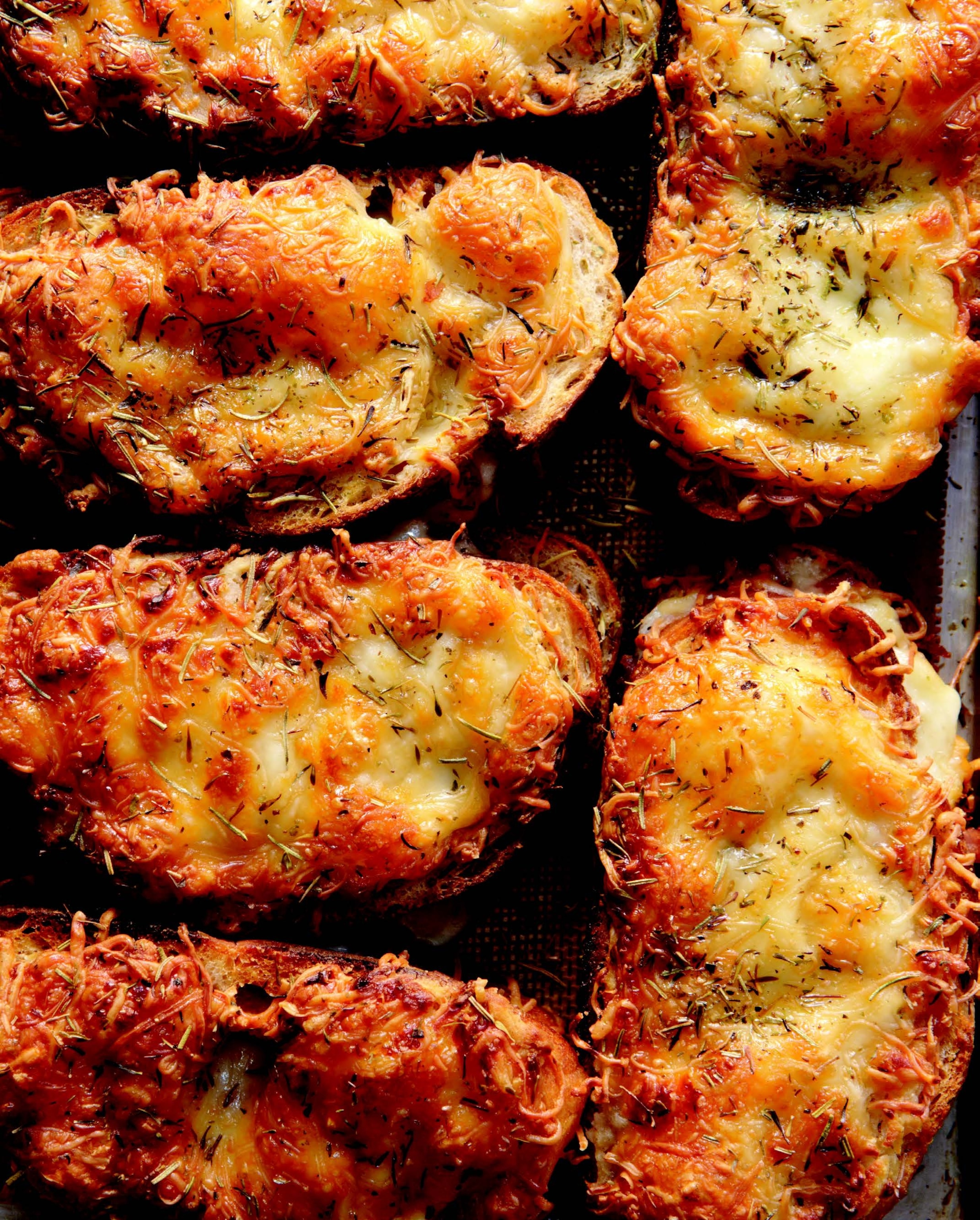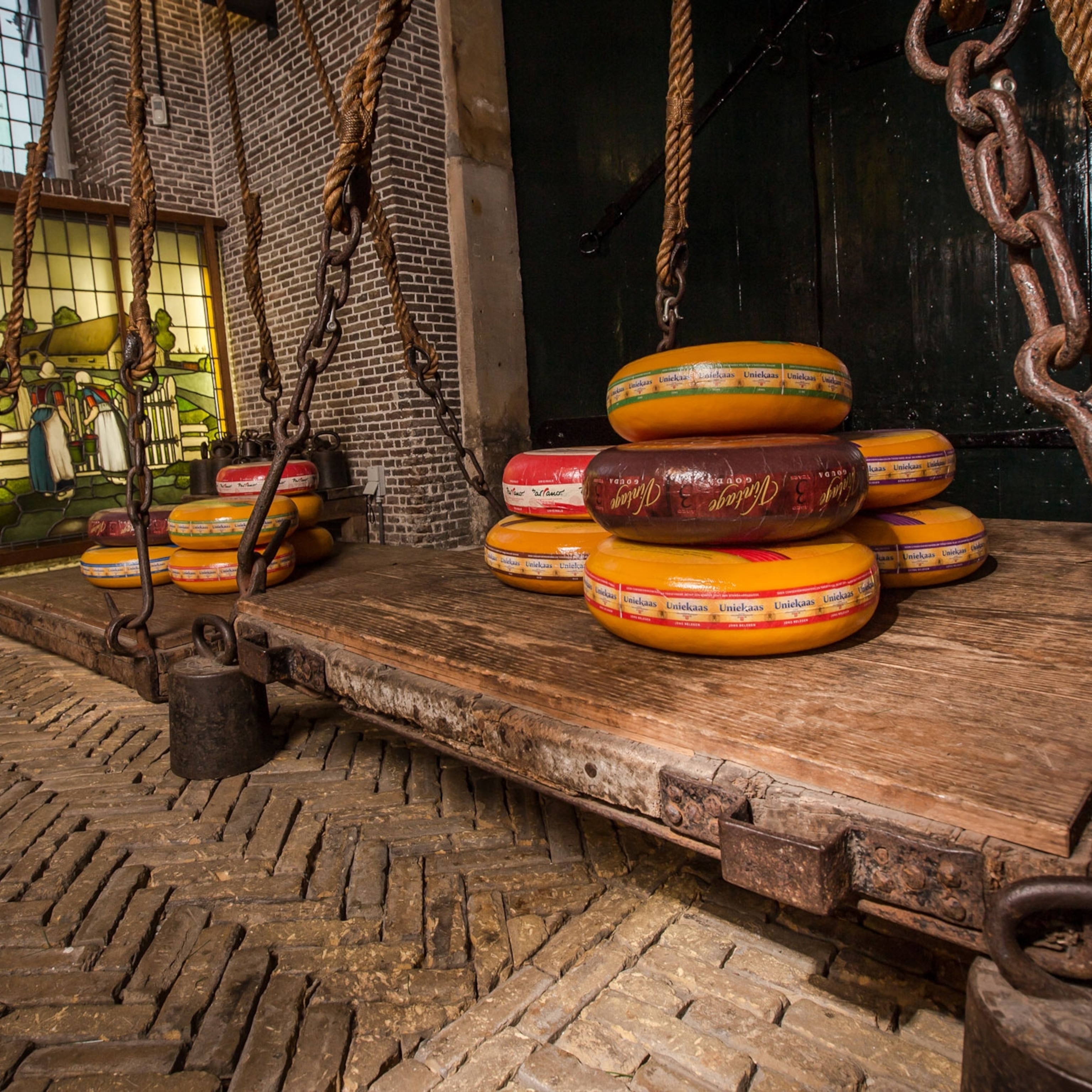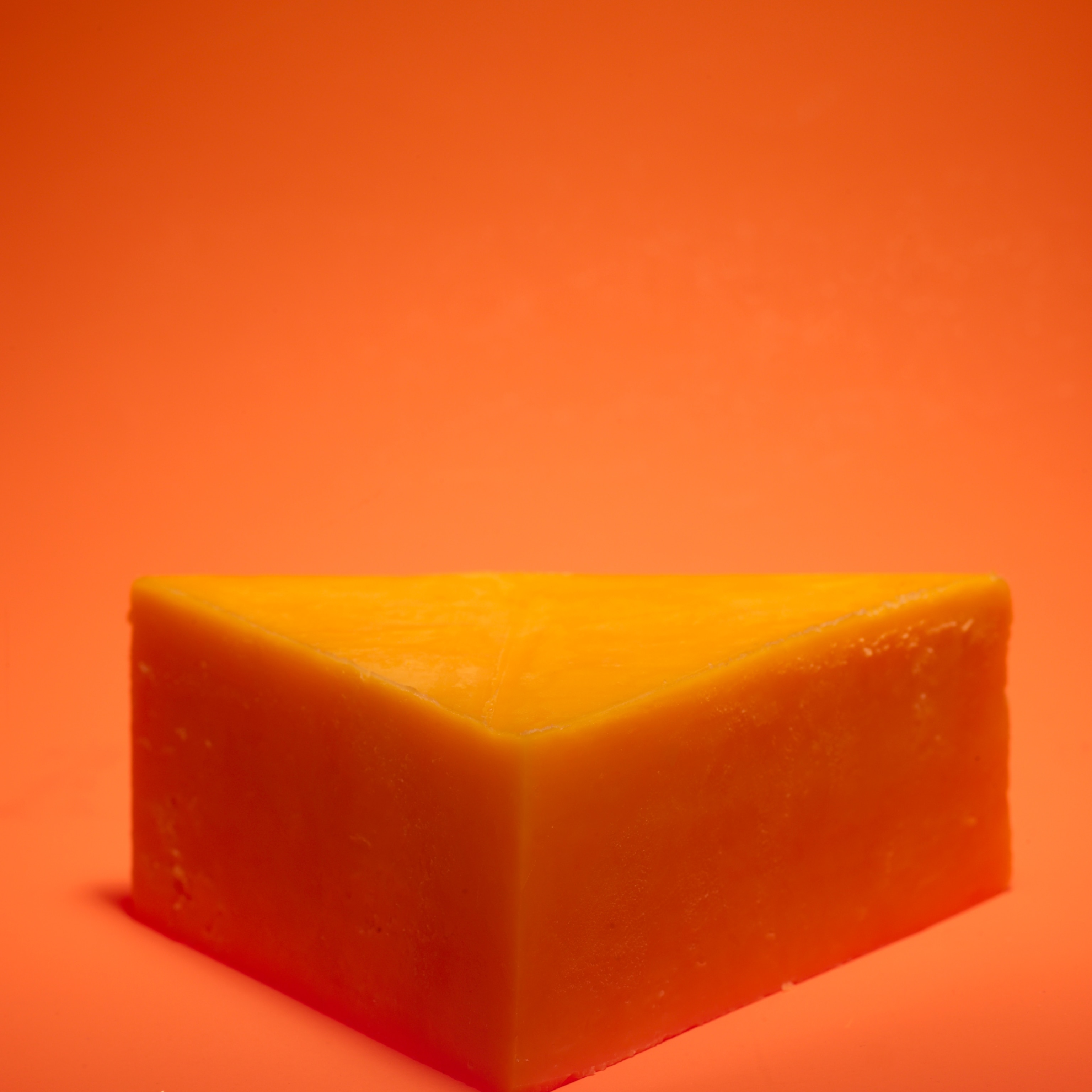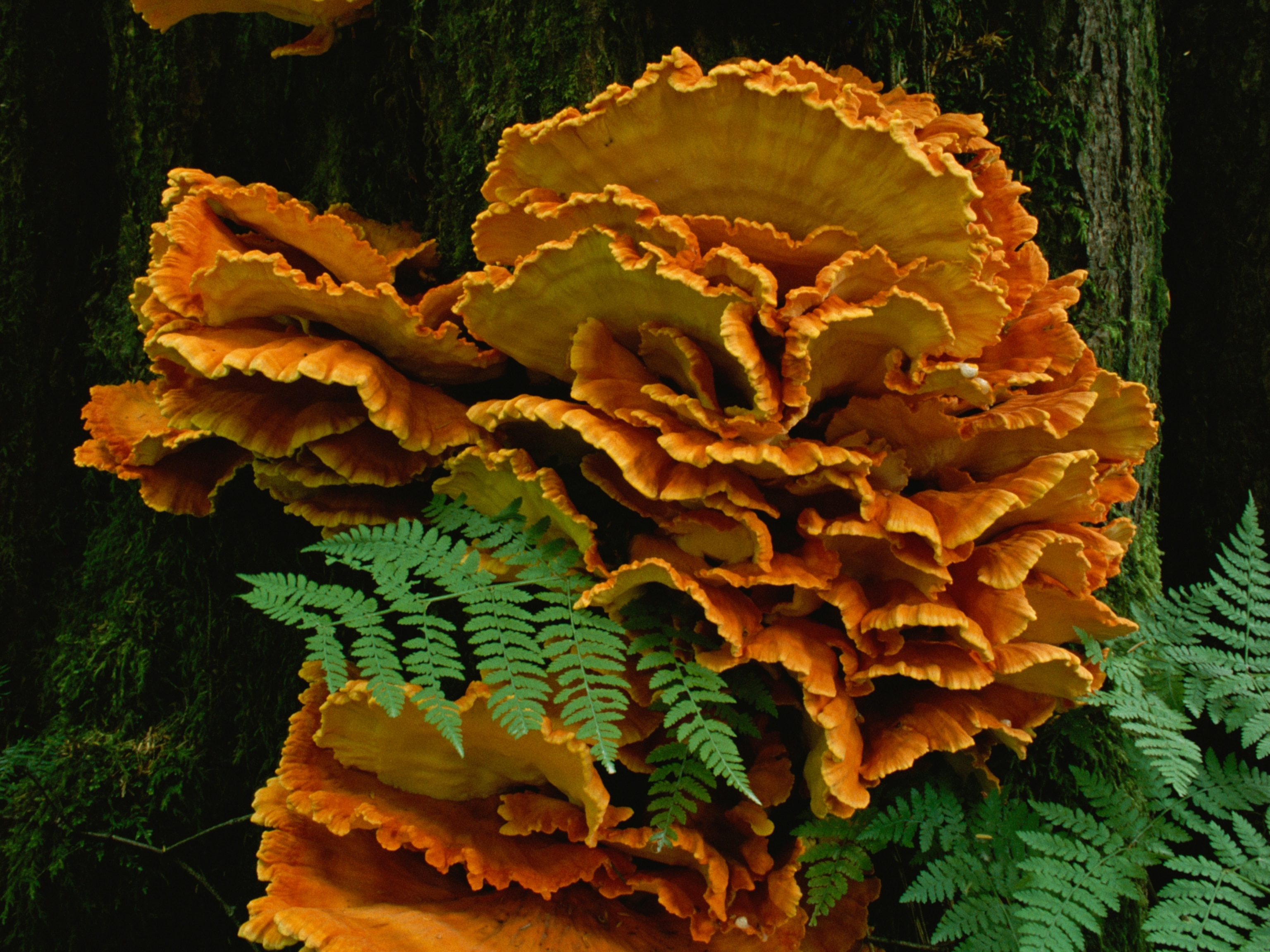
The Magical Allure of Croque Madame and Jody Williams
I remember it well. It was one of the first phrases we learned in French class. I was 14 and eager to learn it all—the language, the culture, the food.
“Je voudrais une croque-madame,” we all recited in unison. We were learning, of course, the most important thing first: how to order food. A croque-madame, my French teacher explained, was a kind of grilled cheese sandwich with ham topped with an egg.While some of my classmates preened at this explanation, my eyes widened.
It wasn’t until after college that I actually tasted a croque-madame. Years later, it had managed to remain in my mind a dish of veiled French mystery. The plate arrived. It was fine. OK, so it was a bit of a let down. I tried this dish in Washington, D.C., far from Paris, where I had always dreamed of going. Even though I knew the croque-madame was described as “just a sandwich,” I knew this couldn’t be possible.
This dish just had to be legendary if we students, thousands of miles away in dusty Arizona, were learning about it. How could it be ordinary? Espresso, we also learned, was strong coffee drunk hot in small portions from tiny cups. I found it to be anything but ordinary. After a few too many limp and sodden sandwiches, I stopped ordering croques for a while.
On a trip to New York, I hopped off the bus, checked into my hotel, and marched, in heels, to find it: Buvette. A small, cozy French restaurant in Greenwich Village, imagined by Jody Williams. I was seated in a tiny window perch in the front of the buzzy restaurant in a space not large enough to turn around in, but it was like stepping into a dream, which is what I always imagined French life to be. Exposed brick, marble, rustic chairs, whimsical lighting, and people so beautiful they didn’t look quite real.
After ordering coffee, and salivating over the menu for a respectable time, I asked the waitress for advice. She suggested a carrot salad. I heeded her advice, although I was skeptical. It was an extremely delectable pile of carrot straw laced with coriander and cilantro and lemon. I couldn’t believe something so simple could be so pleasurable to eat. I eyed the menu for what to order next. The croque-madame. No, the salmon rillettes? Maybe. Perhaps the croque-madame? I kept wheeling it from my mind for fear I would face another disappointment. I buried my internal ramblings and forged ahead. “I’d like the croque-madame, please,” I said finally.
It arrived, a delicate stack of bread and Gruyere topped with prosciutto and a sunny egg yolk. I pierced the sandwich with my knife, and the golden yolk splashed onto the plate as butter gently oozed out. This was something you would write about in a textbook. It was divine. The flavor was full and rich and there was something unexpected: sage. By the time I was finished, I felt happy, like I could walk outside and face certain devastation and it wouldn’t matter—I was full of butter. There were no bells or whistles, but the simplicity of the food and quality of the ingredients sang. Even though I had never been to Paris, I felt like I had just had a taste.

Croque-Monsieur
[Makes 4 sandwiches]
Ingredients:
1 recipe béchamel sauce (below)
2 tablespoons whole-grain mustard
8 slices bread
8 slices cooked ham, preferably prosciutto cotto
1 cup coarsely grated Gruyère cheese
1 teaspoon herbes de Provence (page 261)
Directions:
1. Preheat the oven to 425°F. Line a baking sheet with parchment paper.
2. Stir the bèchamel together with the mustard and, dividing the mixture evenly, spread it on one side of each slice of bread, being sure to spread the bèchamel from corner to corner on each slice.
3. On 4 of the prepared slices of bread, place 2 slices of ham directly on top of the bèchamel and then sprinkle 2 tablespoons of the Gruyère on top of the ham. Place the remaining 4 bechamel-coated slices of bread on top of the Gruyère, béchamel side up. Place the 4 sandwiches onto the prepared baking sheet. Sprinkle each sandwich with a small pinch of herbes de Provence and 2 tablespoons of the remaining Gruyère. Place the sandwiches in the oven and bake until the cheese is totally melted and is starting to crisp, about 10 minutes.
Croque-Madame
To gild the lily, make Croque-Madames by placing a fried egg on top of each sandwich (works on any version of the sandwich). It should rest like a good hat, leaning just so.
Bèchamel
[Makes ¾ cup]
Ingredients:
1½ tablespoons unsalted butter
2 tablespoons unbleached all-purpose flour
½ teaspoon freshly grated nutmeg
¾ cup whole milk
Coarse salt
Directions:
1. Combine the butter, flour, and nutmeg in a heavy saucepan over medium heat. Cook, stirring with a wooden spoon, until barely browned,
2. 3 to 4 minutes. Gradually stir in the milk and cook, stirring constantly until the mixture thickens and begins to pull away from the edges of the pan, 3 to 4 minutes; you are looking for a mixture that has the consistency of a thick pudding.
3. It will stick to the spoon and should have some elasticity. Remove the bèchamel from the heat and season to taste with salt.
Excerpted from the book Buvette by Jody Williams. © 2014 by Jody Williams. Reprinted by permission of Grand Central Publishing. All rights reserved.







